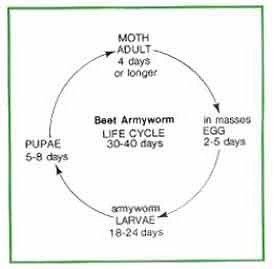So you are looking at laying down some new turf but you are not sure how to get started?…………. No worries !
Have a look at our comprehensive TURF TIPS section and our Frequently Asked Questions section of our website. It will give you all of the info that you need !
Good Luck with your turf project and I hope that you enjoy your new lawn !
Robbie Commens
B.App.Sc.Hrs (Horticulture)












